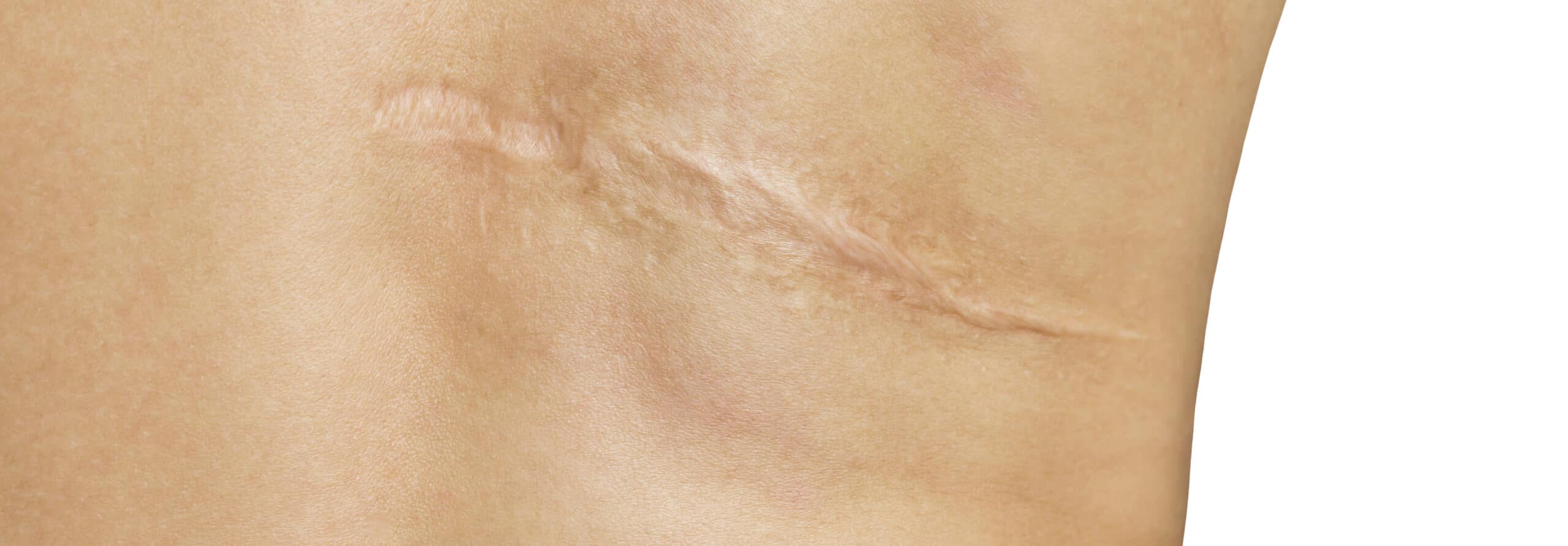Can Dermatologists Remove Scars?
Scars on your skin can last a long time and removing them can be difficult. While self care and home remedies can provide some relief, these interventions do not provide significant relief to the most intense scars.
Dermatologists have the knowledge and experience to remove scars, improving your skin’s appearance and texture. They are trained in the latest techniques for removing scars via a process known as scar revision.
How Does Scar Removal Surgery Work?
Scar removal, sometimes referred to as surgical revision, is a treatment option for those who wish to reverse the appearance of scars on the body. Scar removal works to minimize the appearance of a scar so that it better blends in with the color and texture of the skin that surrounds it.
One of the best scar removal techniques is known as Z-plasty. In this surgical revision, a surgeon cuts along the side of a scar tissue, creating angled flaps. These flaps are then repositioned to change the direction of the scar and interrupt the pull of the scar on the surrounding tissue.
What to Expect During Treatment
As a first step, your dermatologist will perform a physical exam of your scars to determine the best approach to treating and removing the scar. During this consultation, your doctor will go over all of your options with you, including both topical and surgical interventions.
When surgical revision is needed, your doctor will go over all steps involved. Depending on the type of scar, you may receive additional treatments during the procedure, such as steroid injections.
Once the scar tissue is removed, your doctor will suture the area closed. Techniques used to do this can include Z-plasty and W-plasty, depending on the sight and nature of the scar.
How Long Is Recovery Time from Scar Removal?
Recovery time from a surgical revision can take one to two weeks and can involve localized swelling, discomfort and discoloration. When performed successfully, a surgical revision can significantly reduce the look and feel of scar tissue.
How Does Scarring Happen?
While you may experience a temporary mark on your skin after a superficial wound, scars are the result of more significant damage. Deep wounds to the skin at the level of the dermis trigger the development of new collagen fibers to mend the wound. These new fibers, while naturally occurring proteins in the body, look and feel different than the surrounding skin, forming what we consider a scar.
Scars can result from any number of traumas to the skin, including abrasions or cuts. Scarring often happens as a result of acne or other skin disorders and can be exacerbated when an individual picks at or scratches areas of the skin affected by a skin condition.


